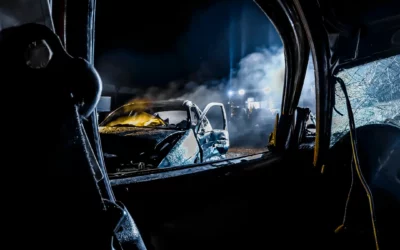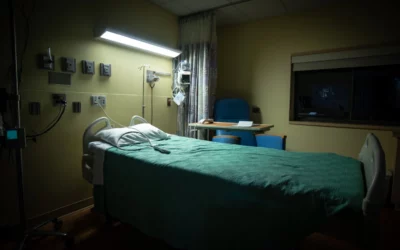Losing a loved one due to someone else’s negligence or intentional actions is a devastating experience. In such tragic circumstances, filing a wrongful death claim can provide a means of seeking justice and compensation for the loss. However, proving liability in wrongful death claims is a complex process. It requires thorough investigation, evidence gathering, and legal expertise. We will delve into the essential elements and strategies involved in proving liability in wrongful death claims. Most importantly, helping grieving families understand the path towards achieving justice.
Understanding a Wrongful Death Claim
A wrongful death claim arises when a person’s death is caused by the negligent, reckless, or intentional actions of another party. To establish liability, the following key elements must typically be proven:
- Duty of Care: It must be demonstrated that the responsible party owed a duty of care to the deceased person. For example, a driver has a duty to operate their vehicle safely, or a medical professional has a duty to provide competent care.
- Breach of Duty: It must be shown that the responsible party breached their duty of care through negligent or intentional actions or by failing to act when they had a legal obligation to do so.
- Causation: There must be a direct link between the responsible party’s breach of duty and the death of the individual. It must be established that the death would not have occurred without the negligent or intentional actions of the responsible party.
- Damages: Lastly, it must be demonstrated that the death resulted in damages for the surviving family members. This includes financial losses, emotional suffering, and loss of companionship.
Gathering Evidence
Building a strong case requires gathering compelling evidence to support the claim of liability. Here are some crucial types of evidence that can strengthen the case:
- Accident Reports: Obtain any accident reports, police reports, or incident documentation related to the circumstances leading to the death. These reports often provide critical details about the events and any potential contributing factors.
- Witness Statements: Identify and interview witnesses who can provide firsthand accounts of the incident, shedding light on the actions of the responsible party and any negligence or wrongdoing involved.
- Expert Testimony: In many wrongful death cases, expert witnesses, such as accident reconstruction specialists or medical professionals, can provide valuable insights and opinions based on their specialized knowledge and experience.
- Medical Records: Gather medical records and documentation related to the deceased person’s injuries, treatment, and any medical negligence or malpractice that may have contributed to the death.
- Documentation of Losses: Compile documentation of the financial losses suffered by the surviving family members. Including funeral and burial expenses, medical bills, loss of financial support, and other tangible losses.
Negligence vs. Intentional Acts
Wrongful death claims can arise from both negligence and intentional acts. It is important to understand the distinction as the burden of proof may vary. In cases involving negligence, it must be shown that the responsible party failed to meet the expected standard of care. In cases involving intentional acts, it must be proven that the responsible party intended to cause harm or acted with reckless disregard for the safety of others.
Establishing a Strong Legal Strategy
Navigating the legal process of a wrongful death claim requires a strategic approach. Consider the following steps to build a strong case:
- Consult an Experienced Attorney: Seek the guidance of an attorney experienced in handling wrongful death claims. They can provide invaluable expertise, guide you through the legal process, and protect your rights.
- Prompt Investigation: Conduct a thorough investigation as soon as possible to preserve crucial evidence. Time is of the essence, as memories fade, and evidence may be lost or destroyed.
- Preservation of Evidence: Ensure that all relevant evidence is preserved. This includes physical evidence, photographs, surveillance footage, and electronic records.
- Expert Analysis: Consult expert witnesses who can provide professional opinions regarding liability and causation. Their expertise can help strengthen your case by providing objective analysis and supporting your claims.
- Collaboration with the Opposing Party: In some cases, negotiation and settlement discussions may be initiated with the responsible party or their insurance company. Your attorney can guide you through these negotiations, always prioritizing your best interests.
- Trial Preparation: In some cases, negotiation and settlement discussions may be initiated with the responsible party or their insurance company. Your attorney can guide you through these negotiations, always prioritizing your best interests.
Proving liability in wrongful death claims is a challenging but necessary endeavor for seeking justice and compensation for the loss of a loved one. By understanding the key elements involved, gathering compelling evidence, consulting expert witnesses, and working with an experienced attorney, grieving families can build a strong case and effectively navigate the legal process. While it’s difficult, pursuing a wrongful death claim can bring closure to help cope with the devastating loss. Shane Gosdis is determined to get the compensation you deserve after a wrongful death. To schedule a free consultation call (385) 429-9960 or email s@gosdis.lawyer today.




